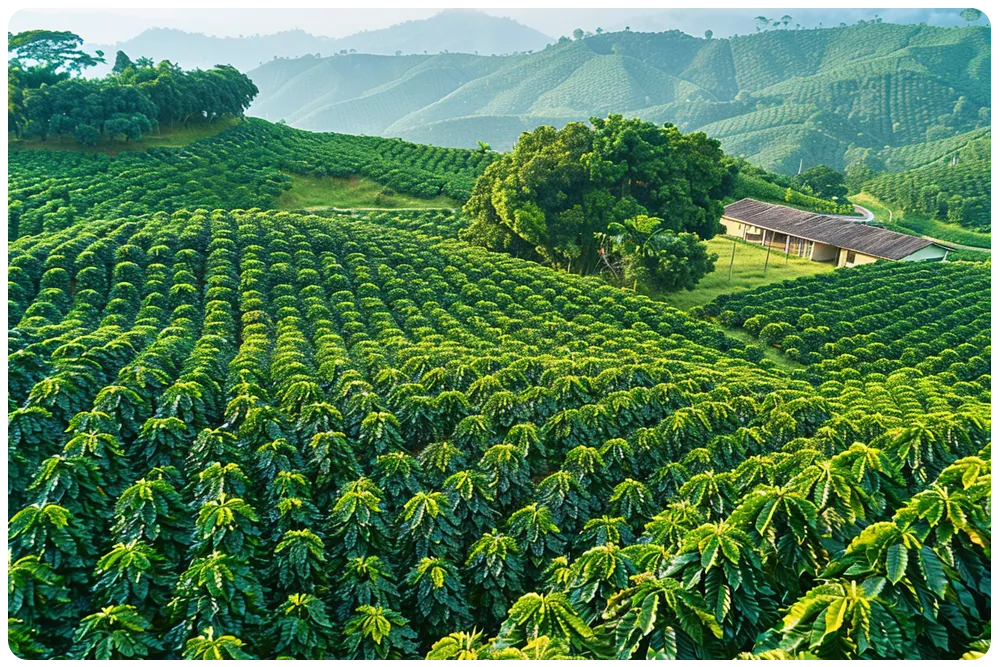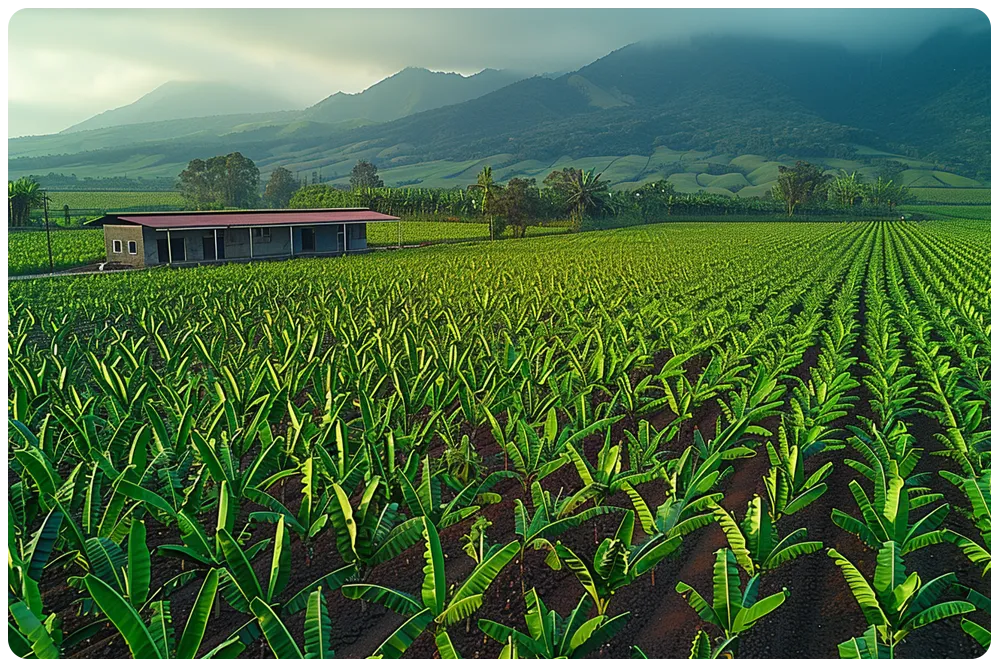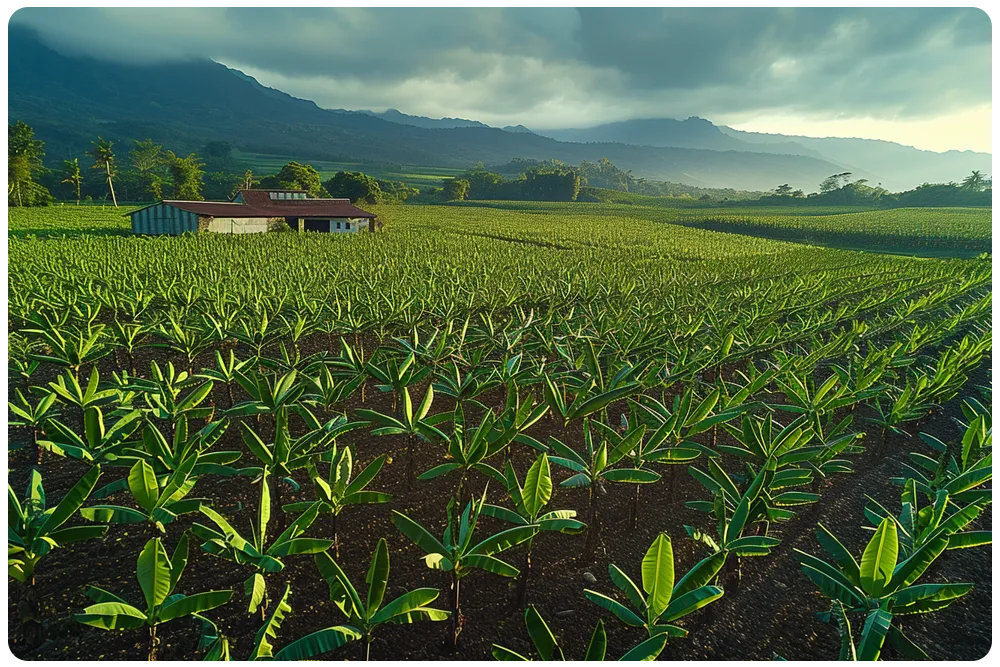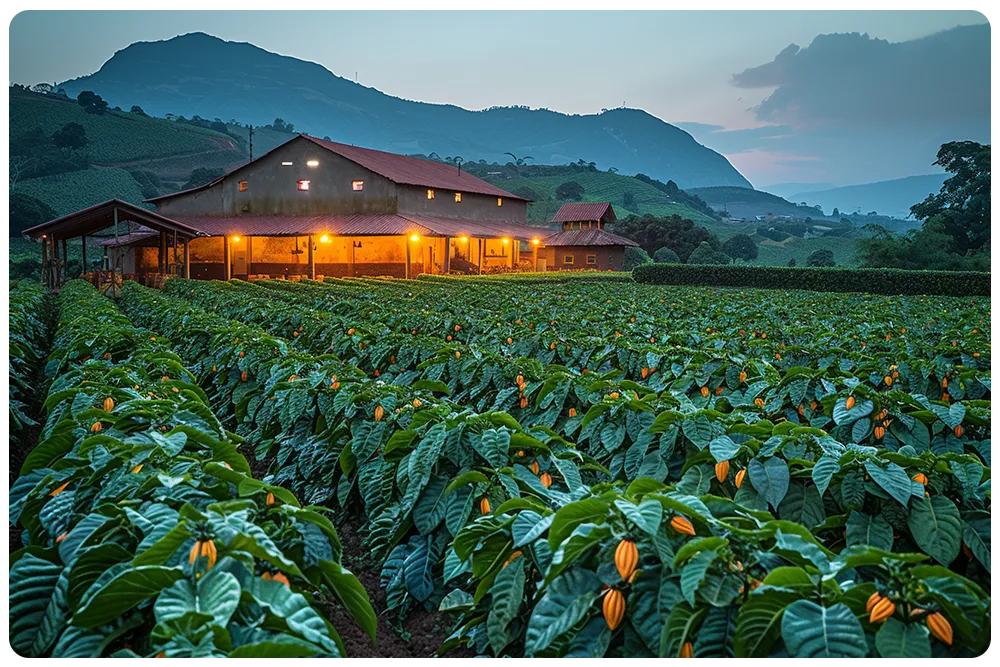Discover drone farming – agriculture’s green solution. Uncover how strong, precision-driven drones promote sustainable crop cultivation, revolutionizing traditional farming methods.
Welcome to Drone Farm
We offer a comprehensive range of agricultural drone services. With years of experience, we’ve harnessed our expertise to deliver high-quality services to our clients. Our team provides full support at every stage. Choose us for top-tier Drone Farming experiences!

Contents
- 1. How environmentally friendly is drone farming?
- 2. Evaluating the sustainability of drone farming
- 3. Carbon footprint of drone farming assessed
- 4. Understanding the environmental impact of drones
- 5. Are drones a sustainable farming option?

1. How environmentally friendly is drone farming?
Understanding Environmental Implications of Drone Farming
In the realm of modern agriculture, the integration of drone technology paves the way towards unprecedented efficiency and sustainability. However, many ask the question: How environmentally friendly is drone farming?Across the globe, the ecological footprint of farming practices remains a pressing concern. Implementing drone technology for farming can play a significant role in mitigating environmental damages, enhancing sustainability, and promoting greener agricultural practices. To illustrate this, let’s consider several key aspects.2. Evaluating the sustainability of drone farming
Evaluating the Sustainability of Drone Farming
Agriculture has been revolutionized with the advent of drone technology. Drones, despite their many benefits within farming, have also raised questions concerning their environmental impact. Is drone farming truly sustainable and environmentally friendly, though? Let’s explore this in detail.Firstly, let’s talk about efficiency. A drone’s ability to collect precise information about soil and crop conditions contributes to optimized resource use. For instance, instead of broadly spraying pesticides, based on drone data, farmers can direct these chemicals only where necessary. This targeted application minimizes chemical use, reducing both environmental pollution and costs for the farmer.
Another aspect of drones’ sustainability lies in their energy use. Most agricultural drones are powered by electricity, a cleaner energy source compared to traditional gasoline-powered farm machinery. An electric drone, besides emitting less carbon dioxide, is quieter – hence reducing noise pollution.
Drones also support sustainable farming by enabling precision agriculture – a methodology that not only increases crop yield but also minimizes resource wastage. Precision agriculture practices include spot treatment of pest-infested areas, variable rate application of fertilizers, and micro-irrigation, to name a few. All these actions are rendered possible due to the high-resolution imagery and data captured by drones.
Now, let’s investigate some far-reaching benefits of drone technology in farms:- Reduced soil erosion and compaction: Traditional heavy machinery used for farming often leads to soil compaction, affecting root growth and nutrient availability to crops. Drones, being lightweight, pose no such threat to soil health.
- Faster Response to Crop Illness: Drones equipped with special sensors can detect early signs of plant stress or disease, providing a timely warning system for farmers to treat crop illness swiftly, thereby increasing crop resilience and productivity.
- Supporting Biodiversity: By minimizing the use of harmful chemicals and preserving the soil’s health, drone farming indirectly helps maintain biodiversity on the farm, promoting a balanced ecosystem.


3. Carbon footprint of drone farming assessed
Carbon Footprint of Drone Farming Assessed
At the junction of technology and agriculture, lies the transformative role of drones in boosting farming efficiency. The utilization of a drone in farming has seen a surge owing to its numerous benefits; from crop monitoring, mapping, irrigation management to spraying pesticides and optimizing agricultural practices.Assessing the Carbon Footprint: Climate change and global warming are unequivocal realities and agriculture significantly contributes to these. Evaluating the drone’s impact on the environment, therefore, becomes imperative.1. Energy Consumption: A drone is an electric vehicle, thus with renewable energy sources, the carbon emissions attributed to a drone can be considerably less than traditional methods of farming involving machinery and manpower.2. Precision Agriculture: By employing a drone, farmers can implement precision agriculture. This means targeted application of water, fertilizer, and pesticides, thus leading to reduced wastages and a consequential decrease in greenhouse gas (GHG) emissions.3. Reduced Soil Compaction: Unlike heavy machinery which leads to soil compaction resulting in lower crop yields, a drone has no direct contact with the soil. This ensures the soil’s productive capability is preserved, again contributing to lower GHG emissions.However, it is valuable to remember that the environmental impact will largely depend on how effectively and efficiently the drone is used in farming. Best practices should be adopted to ensure a drone harnesses its potential while minimizing its carbon footprint.Pitfalls and Caution: While a drone brings several benefits, it is essential to consider their production, maintenance, and disposal stages. These processes encompass energy consumption and waste generation which contribute to their environmental footprint.To conclude, the role of a drone in farming cannot be underestimated. Moving towards sustainable agriculture, understanding, and assessing the carbon footprint of drone farming becomes indispensable. Applying best practices while using drone technology will ensure a progressive step towards more environmentally friendly farming.4. Understanding the environmental impact of drones
Grasping the Environmental Footprint of Drones in Agriculture
In the contemporary agricultural landscape, the role of a drone goes beyond what one could only imagine a few years back. As a tool for boosting productivity and streamlining farm operations, it carries significant transformative potential, but what about its environmental impact?When we survey the interface between drone technology and sustainable farming, it becomes evident that a drone can contribute immensely towards eco-friendly practices. This is mainly achieved through optimizing resource usage and reducing wastage, thereby minimizing the environmental footprint of farming practices.Conservation of Water Resources
One of the vital ways a drone promotes green farming is by conserving water resources. With advanced imaging capabilities, the drone can swiftly map out an entire field and identify areas needing hydration. This precision in irrigation mitigates water wastage.- Precise irrigation: By using thermal sensors, a drone pinpoints areas that require water, enabling targeted irrigation. This curbs excessive water usage.
Efficient Use of Fertilizers
Secondly, a drone facilitates controlled fertilizer utilization. The drone’s sensors can test soil fertility, guiding farming activities in relation to its nutrient needs. This significantly element decreases the redundant use of fertilizers that can leach into water bodies, causing pollution.- Soil testing: Through hyperspectral or multispectral sensors, the drone relays data on soil fertility, aiding in fertilizer application where needed.
Proactive Crop Health Management
Lastly, the drone emerges as a hero in controlling crop diseases, which could otherwise lead to exhaustive use of harmful pesticides. By detecting potential infestations early, the required intervention can be localized and controlled, avoiding widespread damage and extensive pesticide use.- Disease detection: With infrared technology, a drone can identify unhealthy crops and isolate them to prevent broader crop diseases.


5. Are drones a sustainable farming option?
Are drones a sustainable farming option?
Drones have turned a new leaf in agricultural growth, enabling farmers to optimize crop production and incorporate next-generation farming practices. By providing a birds-eye view of fields, drones can revolutionize the way farmers monitor crops health, detect disease, and strategize the effective use of resources, paving the path towards sustainable farming.Drones, often equipped with high-resolution cameras and sensors, collect crucial farm data with unmatched preciseness. They offer a real-time view of the crop yield, soil health, and moisture levels, among other farming parameters. This wealth of knowledge empowers farmers to make well-informed decisions, improving resource usage and avoiding wastage.- Data-Driven Decisions: Drones bring precision and predictability into farming. They help identify weak zones in the field, allowing farmers to apply careful treatment, which further decreases resource wastage and enhances crop yield.
- Disease Detection: One of the biggest challenges in farming is dealing with crop diseases. Drones equipped with multispectral imaging can detect disease signs before they become visibly evident. Prompt action minimizes the further spread of disease and reduces the loss of crops.
- Enhancing Water Management: Because drones can analyze soil and crop health, they can guide farmers about precise watering needs. This reduces excessive water usage, contributing to sustainable farming practices.
- Reducing Chemical Usage: Precision agriculture, enabled by drones, can minimize the heavy usage of pesticides and fertilizers. By precisely identifying problem areas, farmers can selectively use chemicals only where needed.